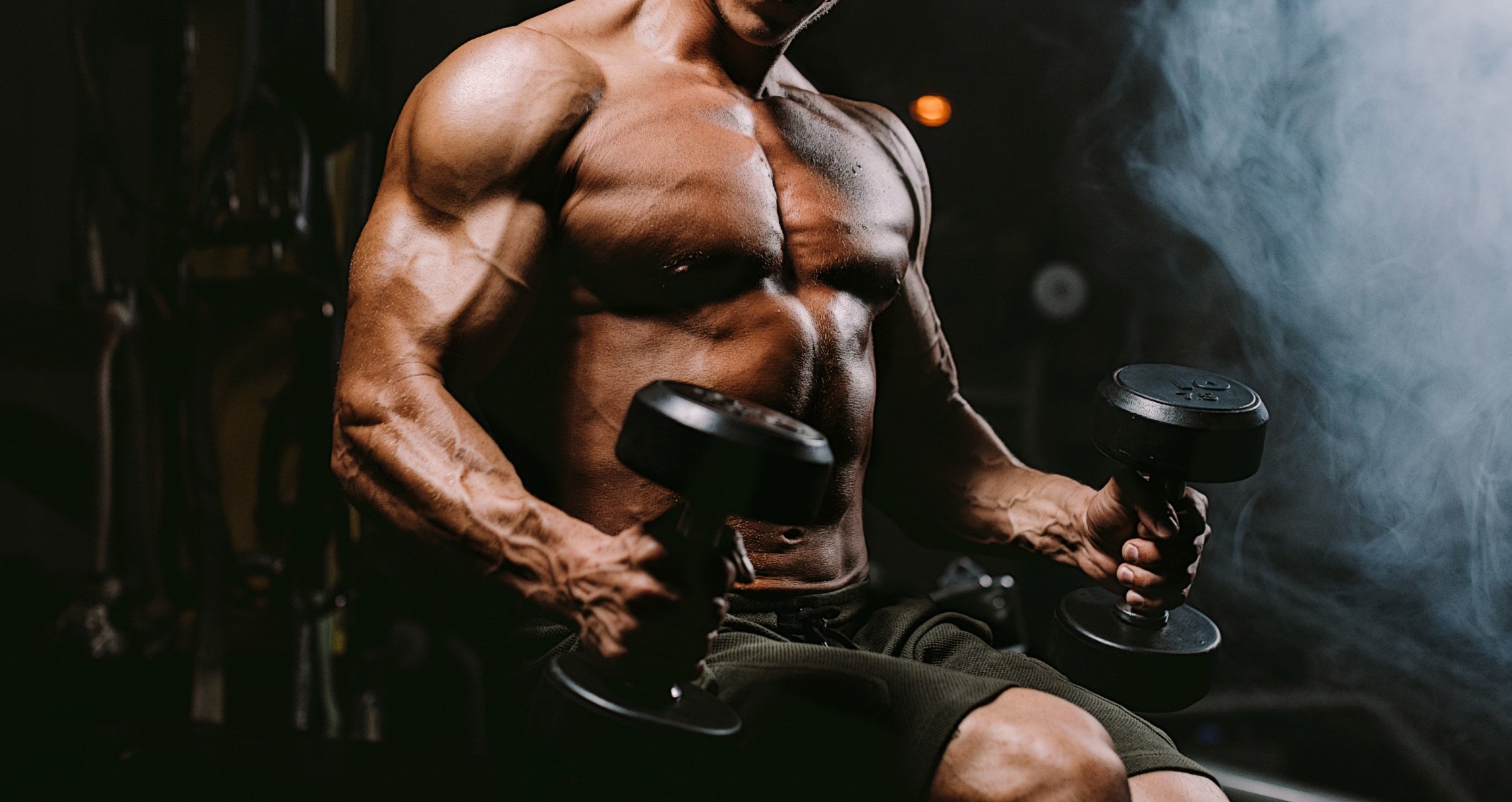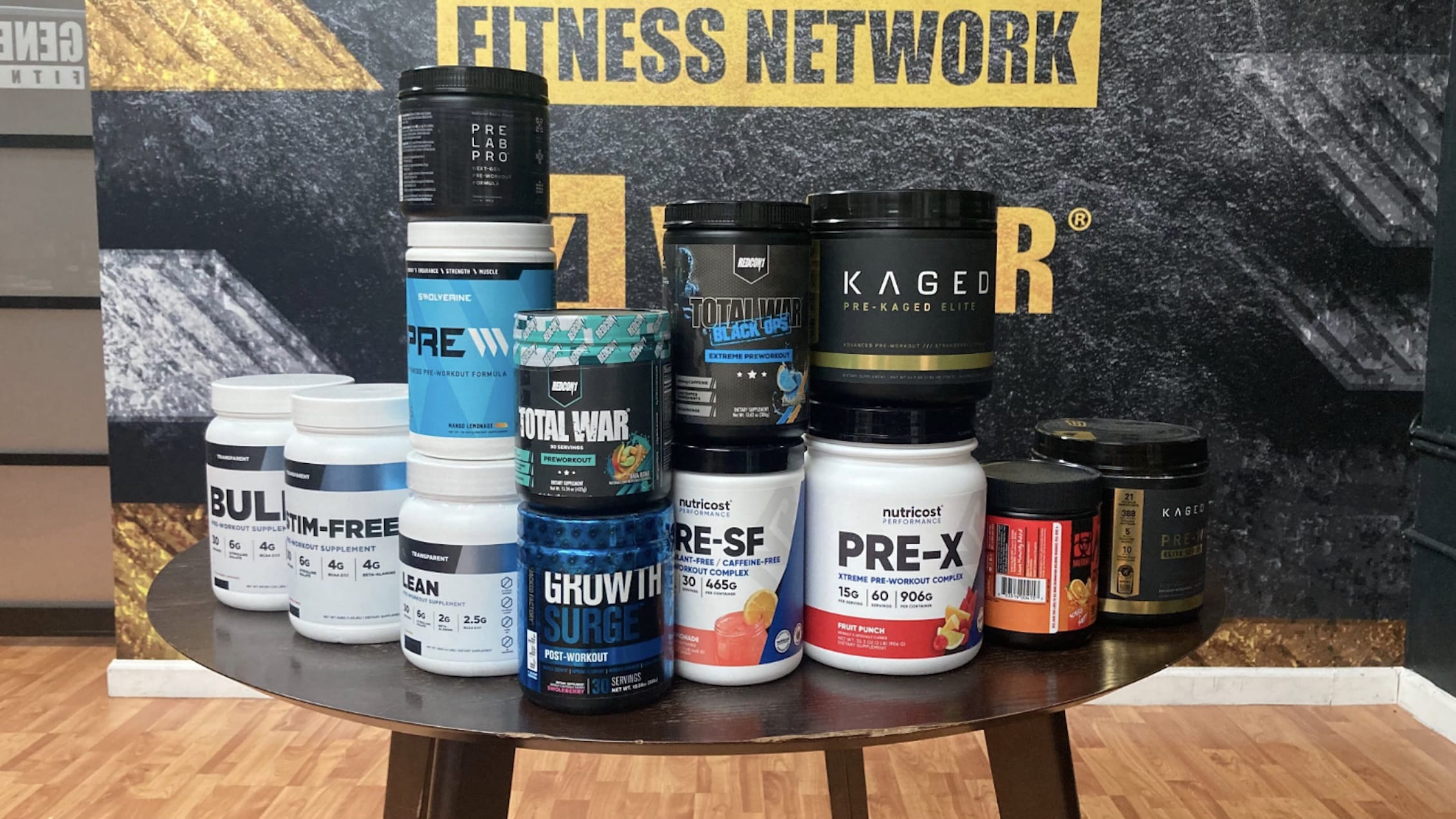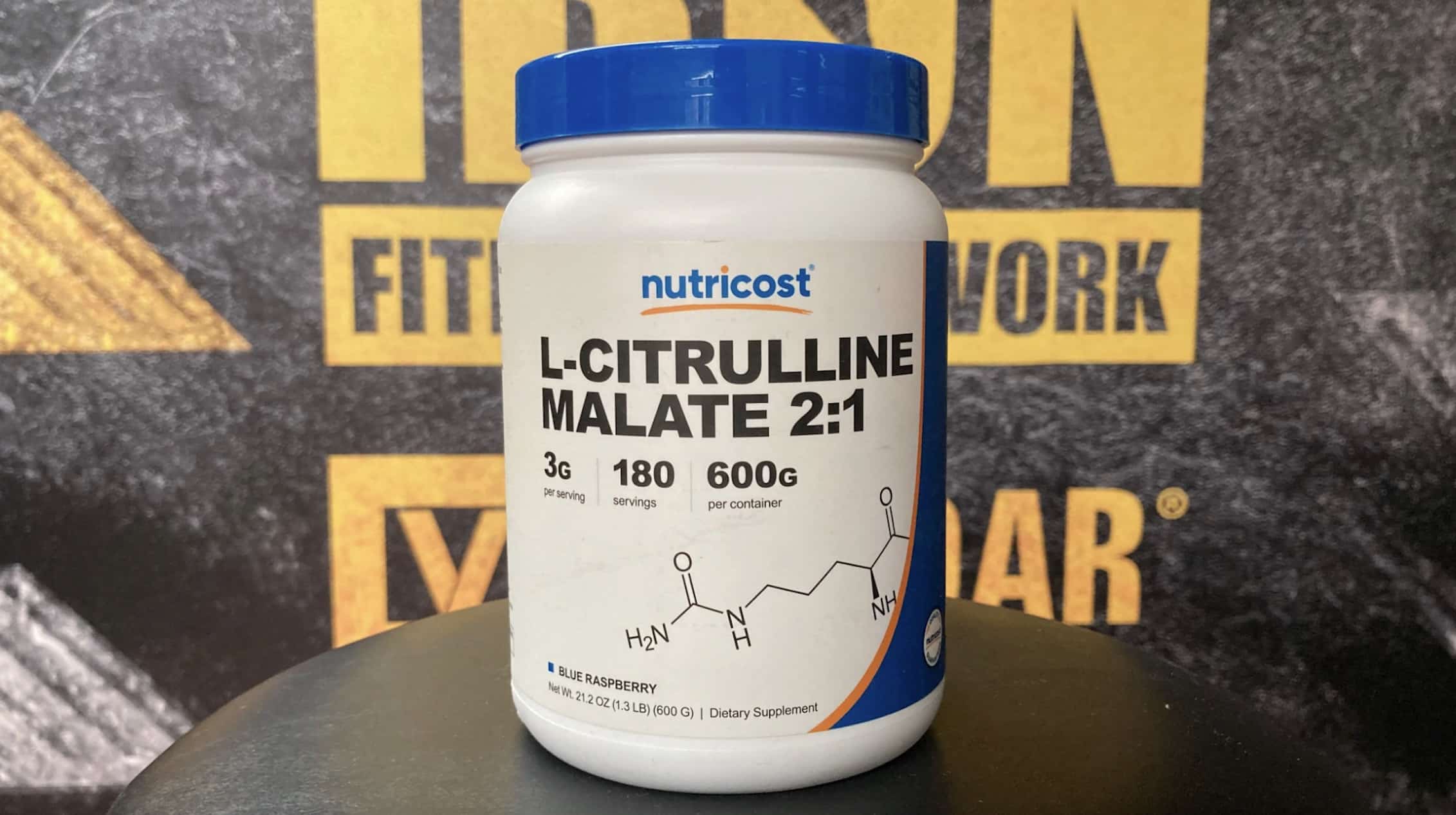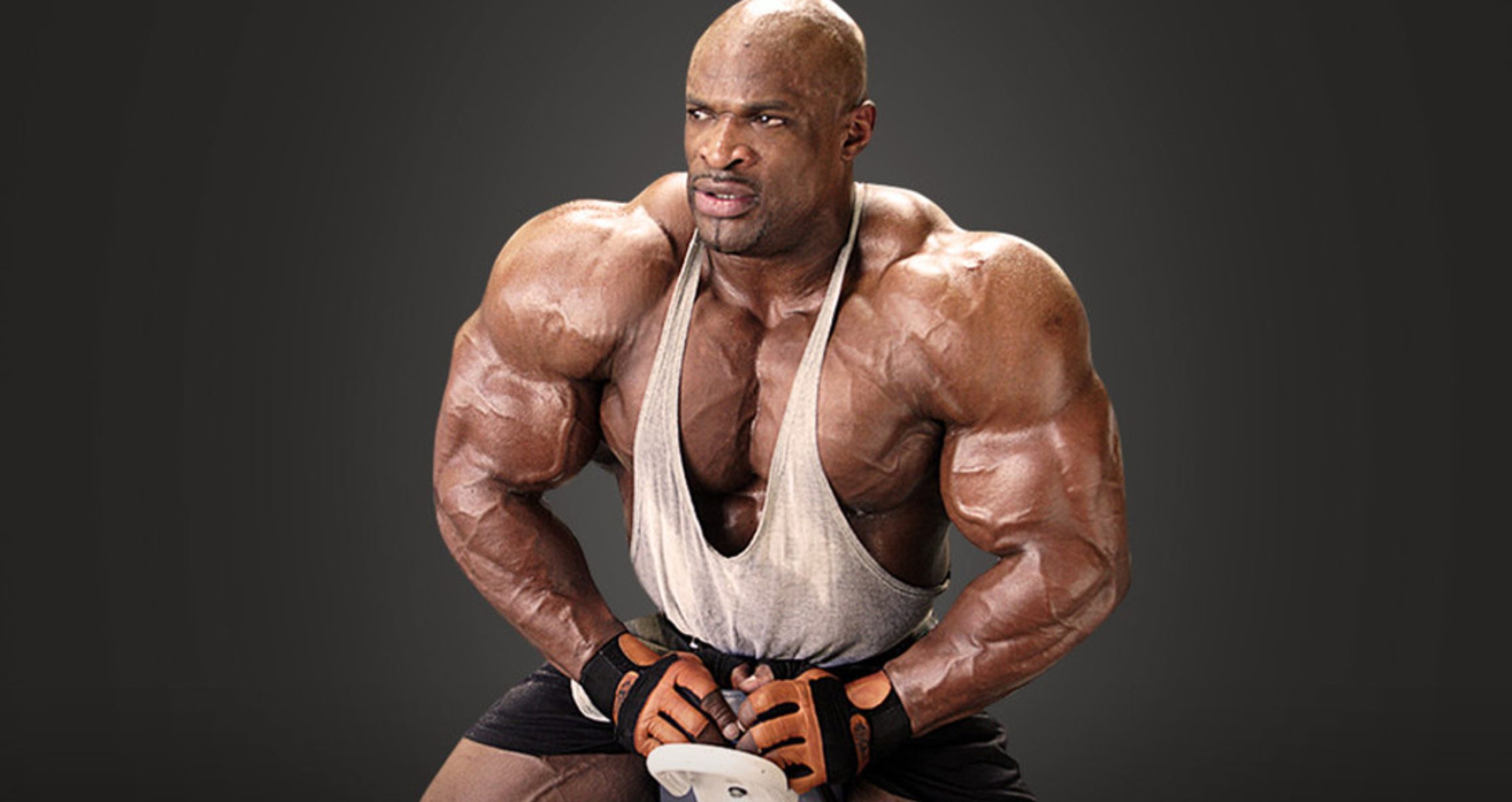Does Olympic Weightlifting only build explosiveness? Or can you build muscle mass?
Olympic weightlifting has long been celebrated for its role in building strength, power, and athleticism. However, a common question among fitness enthusiasts is whether this high-intensity sport is effective for building muscle mass, or if it is only good for explosiveness. The short answer is a resounding yes, but with a nuanced understanding of how and why.
Our team at Generation Iron is going to break down why Olympic Weightlifting can actually build muscle.
The Science Behind Muscle Growth

To understand how Olympic weightlifting contributes to muscle growth, it’s important to first grasp the fundamentals of hypertrophy—the process of increasing muscle size. Hypertrophy occurs when muscle fibers experience microscopic tears during intense exercise, prompting the body to repair and strengthen them. This process relies on three key factors:
- Mechanical Tension: Generated by heavy lifting and challenging loads.
- Muscle Damage: Triggered by intense contractions during exercise.
- Metabolic Stress: Accumulated from repeated contractions, leading to the “burn” felt during workouts.
Olympic weightlifting, which revolves around two primary lifts—the snatch and the clean and jerk—engages all these mechanisms, making it an effective tool for muscle development.
Why Olympic Weightlifting Builds Muscle
Here are the main reasons Olympic weightlifting can contribute to muscle growth:
1. High-Intensity Training
Olympic weightlifting involves lifting near-maximal weights for low repetitions. This creates significant mechanical tension, a key driver of muscle growth. The explosive nature of the lifts also recruits fast-twitch muscle fibers, which have the greatest potential for hypertrophy.
2. Full-Body Engagement
Unlike isolation exercises, Olympic lifts engage multiple muscle groups simultaneously. For example:
- Snatch: Targets the shoulders, traps, back, glutes, and legs.
- Clean and Jerk: Works the quads, hamstrings, core, shoulders, and triceps.
This full-body activation promotes balanced muscle development and increases overall strength.
3. Progressive Overload
Olympic weightlifting naturally incorporates progressive overload—gradually increasing the weight lifted over time. This progressive challenge stimulates muscle adaptation and growth.
4. Accessory Work
To improve their performance, Olympic weightlifters often include accessory exercises in their training routines. These can include squats, deadlifts, pull-ups, and presses, which further enhance hypertrophy by targeting specific muscles.
Balancing Hypertrophy and Performance
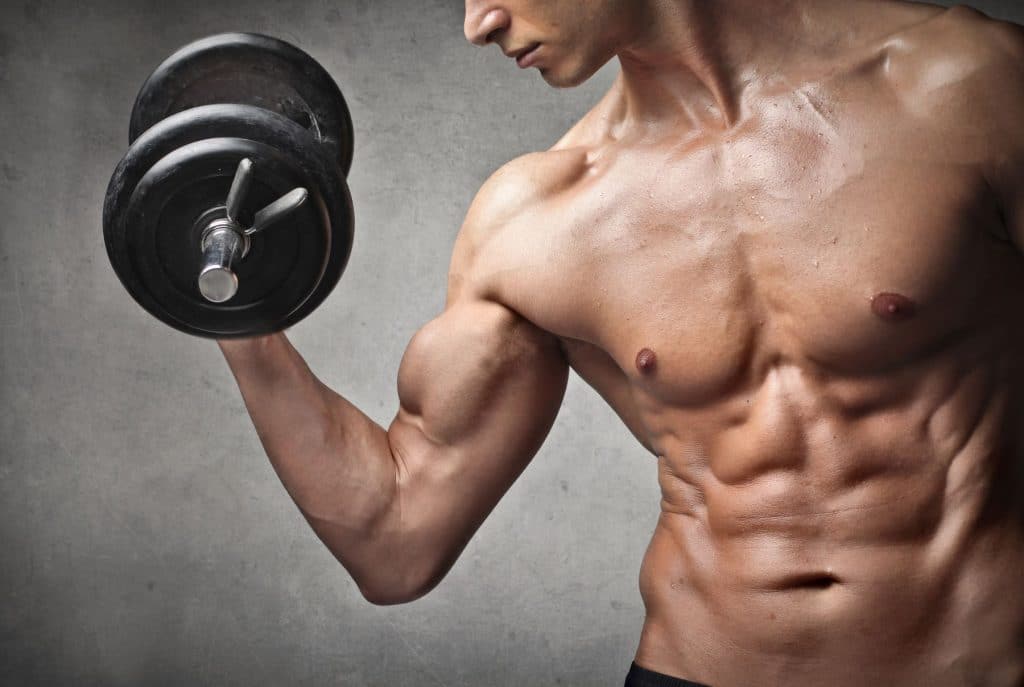
While Olympic weightlifting is effective for building muscle, it’s primarily designed to improve power and athletic performance. For those whose main goal is hypertrophy, incorporating additional bodybuilding-style training may be beneficial. This could include higher-repetition sets, isolation exercises, and controlled tempos to maximize muscle damage and metabolic stress.
Nutrition: The Foundation of Muscle Growth
Building muscle requires more than just effective training; proper nutrition is essential. To support hypertrophy:
- Consume Adequate Protein: Aim for 1.6 to 2.2 grams of protein per kilogram of body weight daily.
- Caloric Surplus: Ensure you’re consuming more calories than you burn to fuel muscle repair and growth.
- Hydration and Recovery: Staying hydrated and prioritizing recovery are critical for optimal performance and muscle repair.
The Verdict
Olympic weightlifting is undoubtedly a powerful tool for building muscle, particularly for those seeking strength, power, and athleticism alongside hypertrophy. By combining heavy, explosive lifts with strategic accessory exercises and proper nutrition, you can achieve significant muscle growth while developing a well-rounded, functional physique.
Whether you’re an aspiring weightlifter or simply looking to add variety to your training, Olympic weightlifting offers a unique and effective approach to achieving your fitness goals. So grab a barbell, perfect your technique, and watch your muscles grow.
Generation Iron may receive commissions on purchases made through our links. See our disclosure page for more information.
Let us know what you think in the comments below. Also, be sure to follow Generation Iron on Facebook, Twitter, and Instagram.


